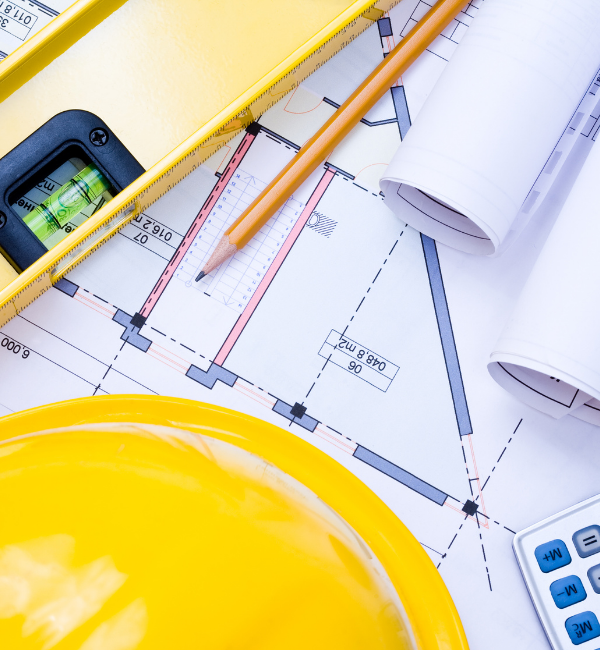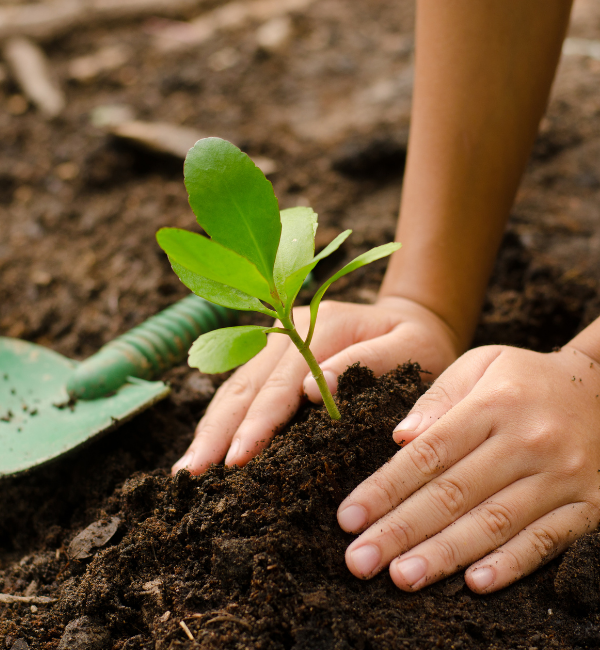Eco Builders - Engineering a Cleaner Tomorrow


Create an eco-friendly machine that will help reduce the negative effects of humans on the environment!
In this activity, participants will identify an environmental issue from a book or video that is a result of human activity. They will use The Design & Build Process to develop a solution to the environmental problem. This guide is based on Dr. Seuss’s The Lorax for grades 4-6 and can be adapted with a different type of media for other age groups.
This workshop discusses topics which can lead to feelings of eco-anxiety among volunteers, educators and youth if not presented in a thoughtful manner. The most important things to remember are to be honest, hopeful, developmentally appropriate, and action oriented. This workshop was created with these guidelines in mind. For more details, refer to the volunteer resource, Being Conscious of Eco-Anxiety.
What You Need
Materials
- Design & Build Packages for each group, including:
- Design Page (1)
- Project Worksheet and/or comic sheet (1)
- Scrap paper or whiteboard with microfiber cloth.
- Writing utensils
- “Body” (recycled container, paper plate or bowl) (1)
- Recycled craft materials (such as construction paper, craft foam, tissue paper, aluminum foil, plastic wrap, yarn, fabric, ribbon, pipe cleaners, craft sticks, cardboard etc.)
- Construction tools: scissors, rulers, tape, glue
- Book, article or other form of media.
Guide:
Safety Notes
Ensure that all recycled items are thoroughly washed and sanitized before the visit. If possible, ask the educator to have participants save materials for this activity.
What To Do
Read & Discuss
- Read The Lorax by Dr. Seuss.
- If time is limited, ask the educator to read the story before the Outreach visit.
- Discuss how the Once-ler affected the environment. Use the information from the Connections in The Lorax to Environmental Science section to help connect to current environmental topics. Ask participants guiding questions such as:
- What did the Once-ler do to the forest?
- How did this affect the creatures that live in the forest?
- Was there anything the Once-ler could have done to still harvest Truffula trees and not hurt the environment?
- How does this story relate to how we (humans) affect our environment?
- What role do trees play in the environment?
Activity
- Split the participants into groups of 4 or 5.
- Explain the challenge:
Today, you are going to take on the role of an engineer and inventor. You are going to use the Design and Build process to create a machine that the Once-ler could have used to protect the Truffula trees and creatures of the forest, while still being able to harvest and produce products. The Design and Build Process is a way to approach problems and test solutions. Just like engineers and inventors in real life, everyone on your team must work collaboratively to solve the problem. You may have to change your design a few times and that’s okay!
- Hand out the Design & Build Packages to each group.
- Provide verbal instructions for each stage. Inform participants when there are a few minutes left before moving on to the next step.
Instructions
Identify the problem (5 minutes)
- Choose one of the environmental issues that was mentioned in the story to solve. Examples of problems in The Lorax include:
- Cutting down too many Truffula trees (deforestation)
- Not growing new Truffula trees
- Adding bad things to the water (pollution)
- Adding bad things to the air (pollution)
Generate Ideas and Plan (15 minutes)
- Discuss possible solutions to the problem. Be creative – your machine could include some new technology that hasn’t been created yet!
- Go through the materials in your Design & Build Packages.
- Draw a picture of your machine on the Design worksheet or a piece of scrap paper.
- Give your machine a name and make note of any special technology.
Create and Evaluate (20 minutes)
- Create a model of your eco-friendly machine using the materials in your Design and Build packages.
- Think about how your machine would work in real life - is there anything you would need to add or change to make it better?
Reflect and Share (25 minutes)
- Answer the questions on the Project worksheet to think about how your machine will help the environment.
- Choose a spokesperson to present your eco-friendly machine to potential buyers (the rest of the group).
- You will have 2 minutes to present your machine.
Wrap Up
- Discuss things that participants can do to combat climate change and protect the environment in their everyday lives.
- It is important to be conscious of your audience and consider that not all youth have access to the same options available to choose from (i.e. rural students may not have access to public transit, food availability and choices are not always equal). Allow youth to come up with their own ideas instead of directing them on what to do.
- Discuss careers related to the topics explored in today’s workshop and what participants will need (education, experience, etc.) to get into those careers.
Discovery
Connecting a story to real life climate problems gives participants the opportunity to reflect on the impact that humans have on the environment. Participants use their previous knowledge and imagination to identify a problem and create a solution – just like engineers, inventors, and researchers!
If everyone does their part, we can make a big difference! By lowering our carbon footprint, protecting forests and producing less waste, we take less resources from the planet and help make the world a cleaner place for all living things. This is why participants are encouraged to use recyclable materials to create a model of their machine.
For an additional challenge, provide each group with a budget and have them purchase the supplies to build their machine.
What's Happening?
Connecting a story to real life climate problems gives participants the opportunity to reflect on the impact that humans have on the environment. Participants use their previous knowledge and imagination to identify a problem and create a solution – just like engineers, inventors, and researchers!
Why Does it Matter?
If everyone does their part, we can make a big difference! By lowering our carbon footprint, protecting forests and producing less waste, we take less resources from the planet and help make the world a cleaner place for all living things. This is why participants are encouraged to use recyclable materials to create a model of their machine.
Investigate Further
For an additional challenge, provide each group with a budget and have them purchase the supplies to build their machine.

